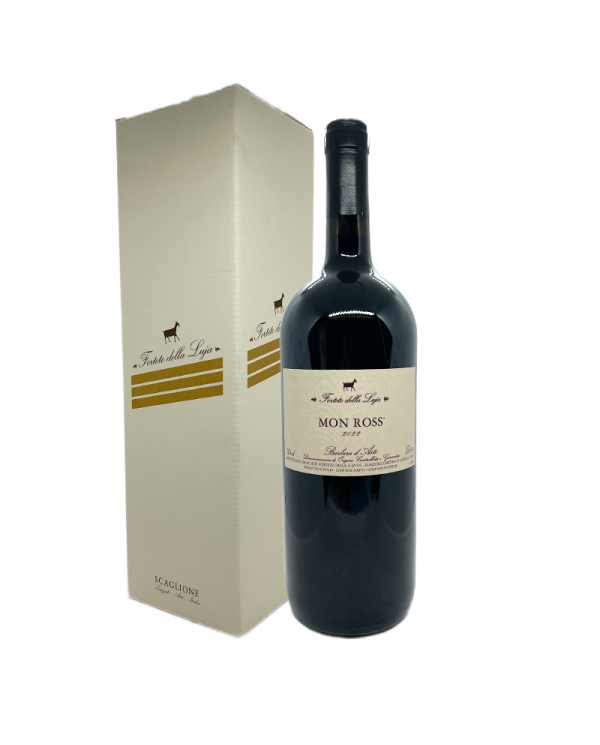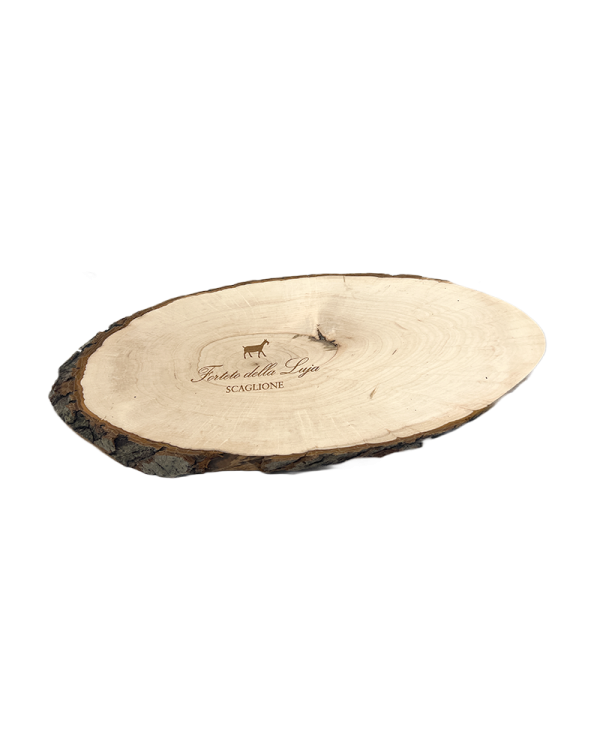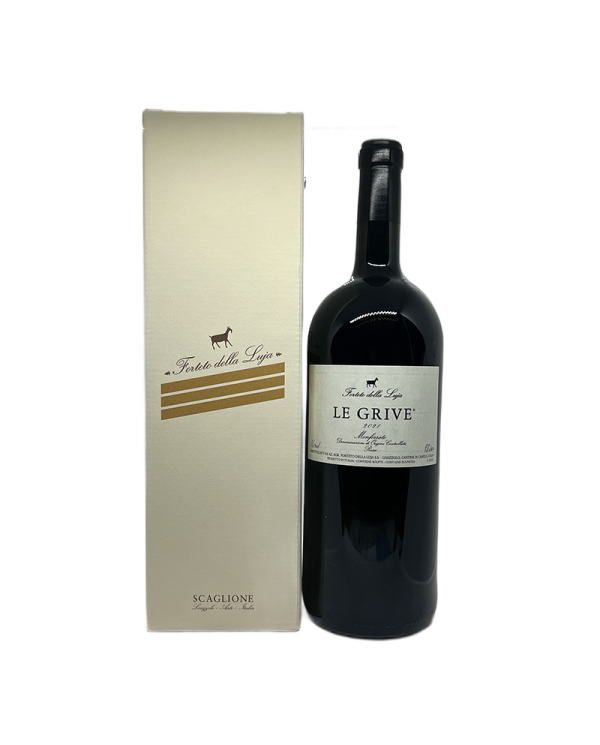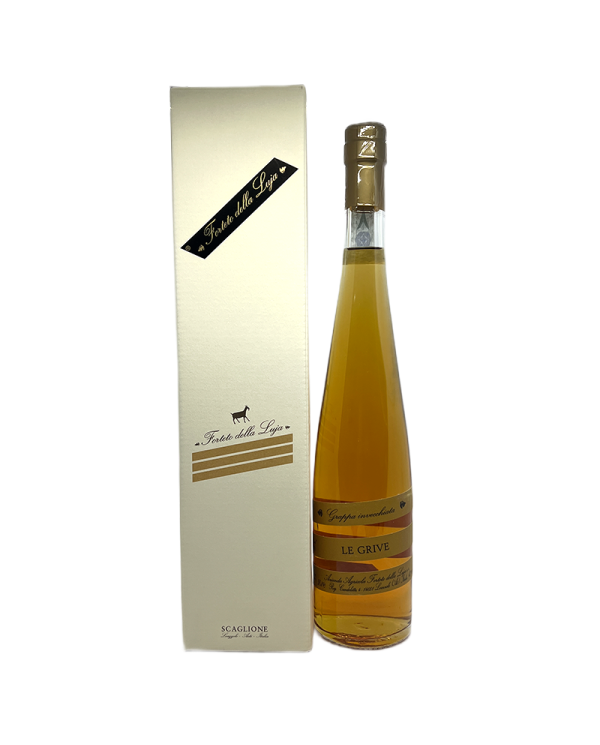Cantina Forteto della Luja
Welcome to the fascinating world of Cantina Forteto della Luja, a wine-making excellence located in the heart of Monferrato. In this article, we will guide you through the history, vineyards, and precious wines produced by Cantina Forteto della Luja. Get ready to experience a unique sensory journey.
The History of Cantina Forteto della Luja
The company's consolidation dates back to 1826, while the stone cellar and part of the buildings date back to the late 1700s. Until 1985, the company was managed for the production of grapes intended for sale, with only a small portion being vinified.
In 1985, encouraged by Giacomo Bologna, and following the old tradition of Giovanni's great-grandfather, they began producing Moscato Passito Piasa Rischei, using overripe Moscato grapes. This wine received prestigious accolades and the official publication of the d.o.c. Loazzolo late harvest in the Official Gazette on May 19, 1992. The Loazzolo Doc is currently considered the smallest d.o.c. in Italy.
The name Forteto della Luja comes from the name of the forests crossed by the Rio Luja that surround the estate's vineyards. Since 2007, the estate has been an oasis affiliated with the WWF, and since 2011, it has served as an educational site for the University of Gastronomic Sciences in Pollenzo. The person in charge of the nature reserve is eco-vintner Giovanni Scaglione.
The Vineyards of Cantina Forteto della Luja
The vineyards of Cantina Forteto della Luja stretch across gentle hills, blessed by an ideal climate for vine cultivation. Here, indigenous varieties such as Barbera and Moscato thrive in rich, mineral-laden soils and a pristine environment, allowing the vines to grow healthily and vigorously. The winery takes great care in every aspect of viticulture, preserving tradition and the quality of the grapes.
Artisanal Winemaking
Cantina Forteto della Luja follows artisanal winemaking methods, based on traditional and environmentally friendly practices. The grapes, harvested by hand and carefully selected, are vinified with care and dedication to preserve the purity and authenticity of the wines. The winery closely monitors every stage of the winemaking process to produce wines of great elegance and character.
The Precious Wines of Monferrato
The wines from Cantina Forteto della Luja are true gems of Monferrato. From the intense and fruity Barbera d'Asti DOCG to the sweet and aromatic Moscato d'Asti DOCG, every bottle tells the story of this land and the Bologna family. The wines of Cantina Forteto della Luja express the elegance and personality of the region.
Authentic Tasting Experiences
Cantina Forteto della Luja offers authentic tasting experiences, immersing guests in the captivating world of wine. Guided tours of the vineyards and cellars allow visitors to closely follow the production process and taste the wines, accompanied by expert sommeliers. An unforgettable experience for all wine lovers.
Commitment to Sustainability and Tradition
Cantina Forteto della Luja is committed to environmental sustainability and the preservation of Monferrato's winemaking tradition. The winery adopts responsible farming practices, respecting the environment and the local ecosystem. Cantina Forteto della LujaŌĆÖs dedication to sustainability is a testament to their commitment to quality and tradition.
Awards and Accolades
The wines of Cantina Forteto della Luja have received numerous national and international awards. These recognitions reflect the dedication and passion of the Bologna family in producing high-quality wines. The winery is a symbol of oenological excellence in Monferrato.
Cantina Forteto della Luja is a gem of Monferrato, where tradition and love for the land come together to create wines of extraordinary quality. Each bottle encapsulates the passion and dedication of the Bologna family and showcases the uniqueness of this captivating region. Let yourself be enchanted by the precious flavors and aromas of the wines from Cantina Forteto della Luja, and discover the authentic beauty of Monferrato.























